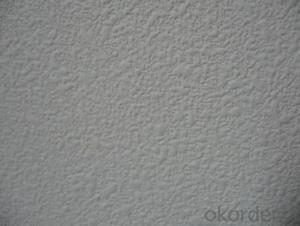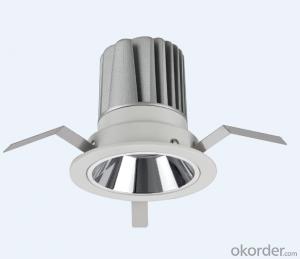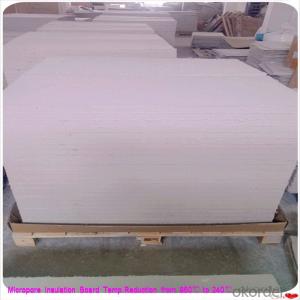Victron Easy Solar Inverter
Victron Easy Solar Inverter Related Searches
Grill With Led Light Bar Light Fixture With Chain Blu Ray Player With Recorder Blu Ray Player With Internet Steel Column Connection To Foundation Grinding Wheels Come In Grades From Coarse To Dodge Ram Led Light Bar Grill Led House Light Fixtures Small Led Light Fixtures Intellibrite Led Pool LightHot Searches
Fiberglass Scaffolding For Sale Fiberglass Panels For Sale Fiberglass Greenhouses For Sale Easy Deck Scaffold For Sale Ceiling Fan Lowest Price Geogrid Fabric Price Geogrid Fabric Home Depot Cost To Install Frp Panels Geotextile Fabric Cost Per Square Foot Geogrid Fabric Near Me Textilene Fabric Suppliers Uk Cost To Install Hardwood Floors Coal Prices 2015 Led Light Manufacturers Samsung Mobile Accessories Price List Led Headlight Manufacturers Cost To Waterproof A Basement Best Grinder To Buy Best Nuts To Buy Best Place To Buy FlashlightsVictron Easy Solar Inverter Supplier & Manufacturer from China
Okorder.com is a professional Victron Easy Solar Inverter supplier & manufacturer, offers integrated one-stop services including real-time quoting and online cargo tracking. We are funded by CNBM Group, a Fortune 500 enterprise and the largest Victron Easy Solar Inverter firm in China.Hot Products
FAQ
- Solar inverters typically last for around 10 to 15 years, although some high-quality inverters can last up to 20 years with proper maintenance and regular inspections.
- There are three main types of solar inverters: string inverters, microinverters, and power optimizers.
- After the PV inverter, how to achieve the same period before the network?
- When the voltage, frequency, phase does not meet the requirements, the automatic closing closing pulse.
- Indeed, areas with limited roof space or installation options can still make use of a solar inverter. Typically, solar inverters are compact, enabling installation in diverse locations like the ground, walls, or even indoors. Moreover, there are various types of solar inverters accessible, such as microinverters and power optimizers, which offer greater flexibility in system design and installation. By utilizing these alternatives, available space can be maximized, and more installation options can be provided for areas with restricted roof space.
- A solar inverter can handle variations in solar panel tilt and orientation by continuously adjusting its output voltage and current to match the changing conditions. It does this through a process called maximum power point tracking (MPPT), which optimizes the energy output of the solar panels by finding the point where the panels generate the maximum power. By dynamically adjusting the voltage and current, the solar inverter ensures that it operates at the optimal point, regardless of the tilt or orientation of the panels. This allows for efficient energy conversion and maximizes the overall power generation from the solar system.
- Yes, a solar inverter can be used with a single solar panel. The purpose of a solar inverter is to convert the direct current (DC) generated by the solar panel into usable alternating current (AC) electricity. Whether you have one or multiple solar panels, a solar inverter is necessary to convert the DC power into AC power that can be used to power electrical appliances or be fed back into the grid.
- Yes, a solar inverter can be used for off-grid applications. Off-grid systems typically rely on solar panels to generate power, and a solar inverter is used to convert the direct current (DC) produced by the panels into alternating current (AC) which can be used to power appliances and devices. The inverter also helps regulate the flow of electricity and ensure compatibility with off-grid power storage systems such as batteries.
- Yes, a solar inverter can be used with a ground-mounted solar array. A solar inverter is responsible for converting the DC (direct current) electricity produced by the solar panels into AC (alternating current) electricity that can be used to power homes or businesses. Whether the solar array is ground-mounted or roof-mounted, the solar inverter plays a crucial role in converting the electricity for use in the desired location.















































